
Why Top Tuning Shops Choose Hyper Power Dynamometers
Tune into the unparalleled precision and power optimization that top tuning shops crave with Hyper Power Dynamometers – setting a new standard in performance enhancement.
Proper training for dynamometer users is crucial. It enhances safety and testing precision, ensuring accurate results. Understanding correct techniques and procedures is vital for reliable outcomes. Trained users can efficiently troubleshoot and resolve issues promptly.
Continuous training keeps users informed about new technologies, boosting performance. Training provides users with the necessary skills for precise testing, enhancing proficiency. Technical knowledge enables quick issue resolution, minimising downtime. Emphasising best practices during training promotes safe and precise testing.
Well-trained users bring significant benefits to industries like healthcare. If you're wondering about the importance of training for dynamometer users, read on for more valuable insights.
Benefits of Adequate User Training
Appropriate user training for dynamometer users is crucial for improving safety measures and enhancing testing precision. When utilising a hand dynamometer, understanding correct techniques and safety procedures is vital to ensure the safety of both the user and the equipment. Training equips users with the necessary knowledge and skills to operate the dynamometer efficiently, reducing the chances of accidents and inaccuracies during testing.
By instructing users on the right protocols, such as how to grip the dynamometer handle or position their body for precise readings, training helps to enhance the reliability and consistency of test results. Additionally, trained users are better equipped to identify and resolve any issues that may arise during testing, leading to effective troubleshooting and decreased downtime.
Furthermore, continuous training enables dynamometer users to stay abreast of the latest technological advancements and best practices. This ongoing learning process empowers users to optimise their testing procedures, ensuring they utilise the equipment to its maximum capacity.
Enhancing Efficiency and Safety
Enhancing proficiency and safety is vital for dynamometer users to ensure accuracy and reduce risks during testing procedures. Training programmes are essential in equipping users with the necessary skills to conduct grip strength tests accurately and safely. Understanding the technical aspects of dynamometers through training enables users to troubleshoot any issues that may arise, ensuring smooth testing processes and prolonging equipment lifespan.
Proper training not only improves proficiency in operating the dynamometer but also emphasises the importance of adhering to best practices for calibration and data recording. This knowledge not only enhances the accuracy of test results but also minimises the likelihood of user errors, creating a safer testing environment for both the operator and the equipment.
Skilled users who have received comprehensive training can maximise the benefits of dynamometer testing. Their expertise leads to more precise data analysis, improved performance, and increased productivity across various industries. For example, in the healthcare sector, well-trained users can accurately assess patients' grip strength, aiding in rehabilitation programmes and tracking progress effectively.
Maximising Utilisation and Lifespan
Ensuring optimal performance and longevity of dynamometers requires users to focus on maximising equipment utilisation and lifespan through comprehensive training. Proper training enables users to handle hand dynamometers carefully, following maintenance procedures that can extend the equipment's lifespan. Understanding the intricacies of dynamometer operation helps users improve testing accuracy, resulting in dependable results. Additionally, trained users are better prepared to troubleshoot any issues promptly, leading to quick problem resolution and reduced downtime.
Training is crucial not only for maximising the utilisation of hand dynamometers but also for prolonging their lifespan by minimising the need for frequent repairs or replacements. It empowers users to operate the equipment effectively, enhancing overall testing efficiency. Therefore, investing time and effort in training leads to smoother operations, increased accuracy, and prolonged dynamometer longevity.
Importance of Professional Training
A thorough professional training programme for dynamometer users is crucial to ensure the safe and accurate operation of the equipment. Professional training provides users with a range of advantages, enabling them to effectively navigate the intricacies of the hand dynamometer. Here are some key areas covered in professional training:
Training Impact on User Performance
Enhancing user performance through thorough training on dynamometer operation is crucial for maximising efficiency and accuracy in usage. Properly utilising a hand dynamometer is essential in measuring hand strength, especially in fields like physiotherapy where precise measurements are vital for tracking progress. Training significantly improves user performance with dynamometers by enhancing technical skills and proficiency. It boosts confidence in effectively operating these devices and enables users to troubleshoot issues efficiently, reducing downtime and increasing productivity.
Moreover, adequate training ensures that users understand safety protocols and best practices for using dynamometers, creating a safe environment for both users and patients. Continuous training programmes are invaluable as they keep users informed about new features, updates, and advancements in dynamometer technology. This ensures that users have the latest knowledge to achieve optimal results in hand strength assessments, particularly in the field of physiotherapy.
Specific Examples and Product Recommendations:
In conclusion, training for dynamometer users is crucial for improving skills, ensuring safety, and prolonging equipment lifespan. Professional training ensures users are well-prepared to operate the dynamometer effectively, leading to enhanced performance. By investing in proper user training, organisations can ensure their equipment is used efficiently and safely, ultimately increasing productivity and reducing the risk of accidents. Remember, training is essential for maximising your dynamometer experience.
Guide Towards Further Learning:
Spark curiosity for more knowledge by inviting the reader to contact Hyper Dyno. Feel free to reach out to us if you have any questions about Dynamometer Products, Custom Solutions, Installation Setup, Training and Certification, Technical Support and Maintenance, Software Updates, Rental Services, Dynamometer Testing Services, and Accessories and Parts. Contact Hyper Dyno for all your dynamometer needs.

Tune into the unparalleled precision and power optimization that top tuning shops crave with Hyper Power Dynamometers – setting a new standard in performance enhancement.
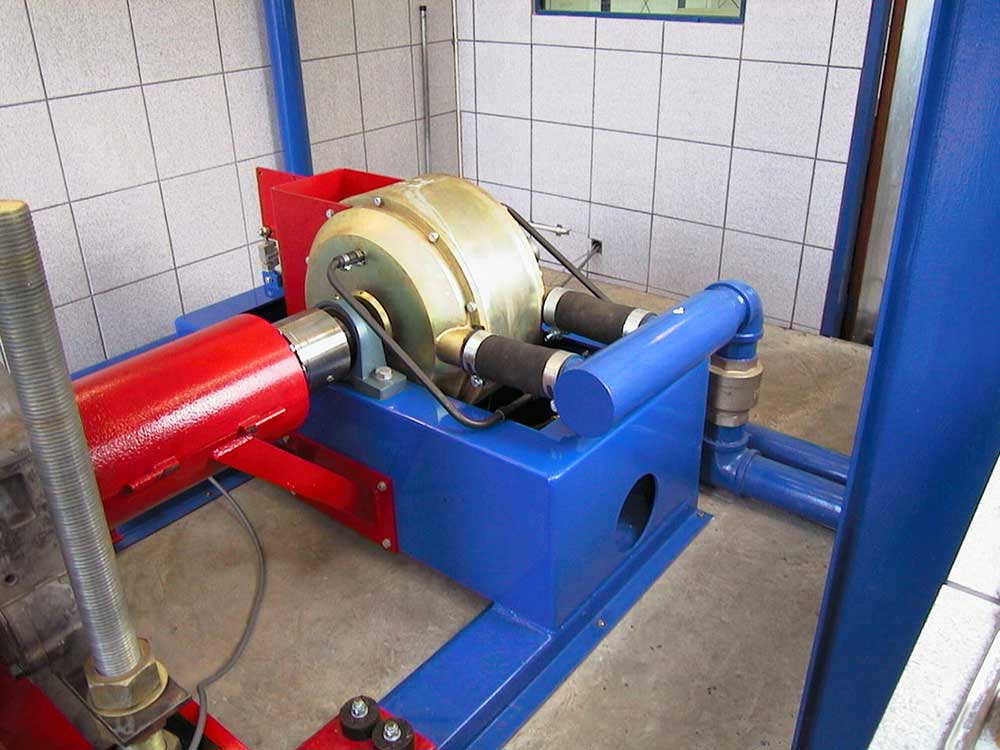
Uncover how precise testing impacts vehicle safety and performance, shaping the future of road safety in surprising ways.
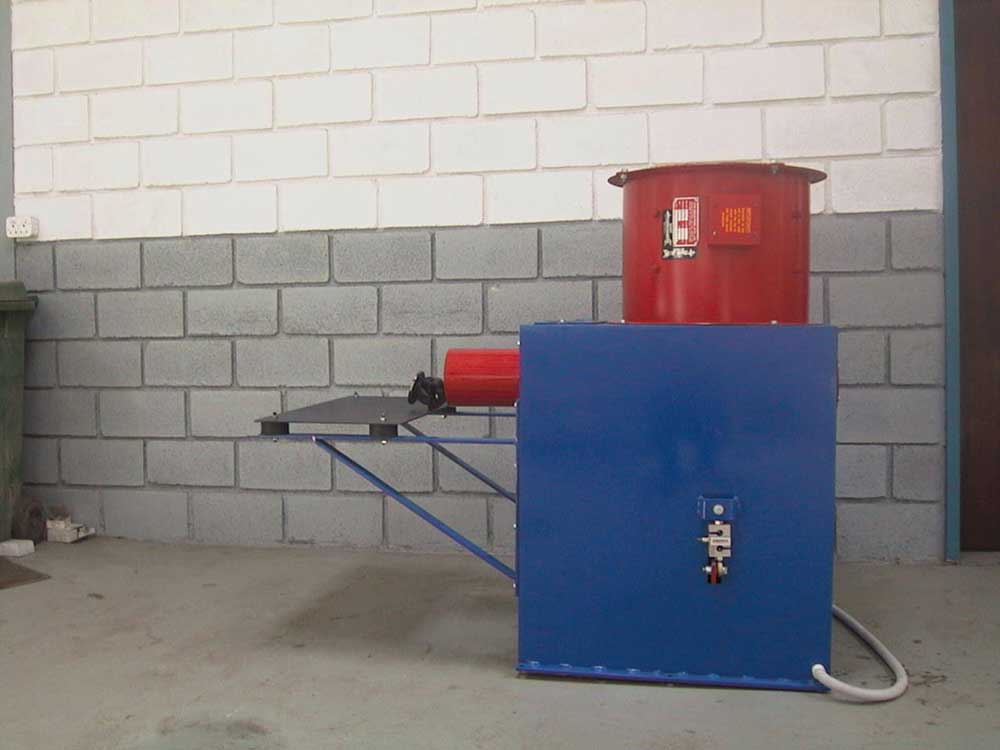
Harness the power of dynamometers across various industries to unlock unparalleled performance – discover their transformative impact!
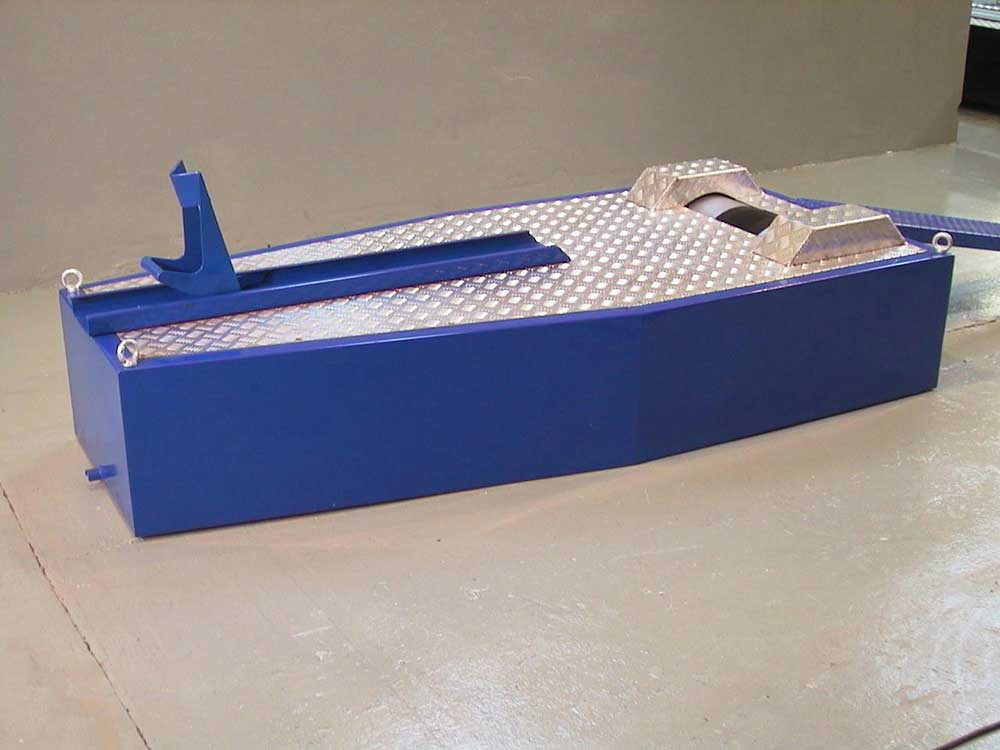
Peek into how dynamometers have transformed vehicle tuning, promising precision and power enhancements beyond imagination.

Yield to the allure of personalized wealth management services at Hyper Power and discover the transformative journey that awaits.
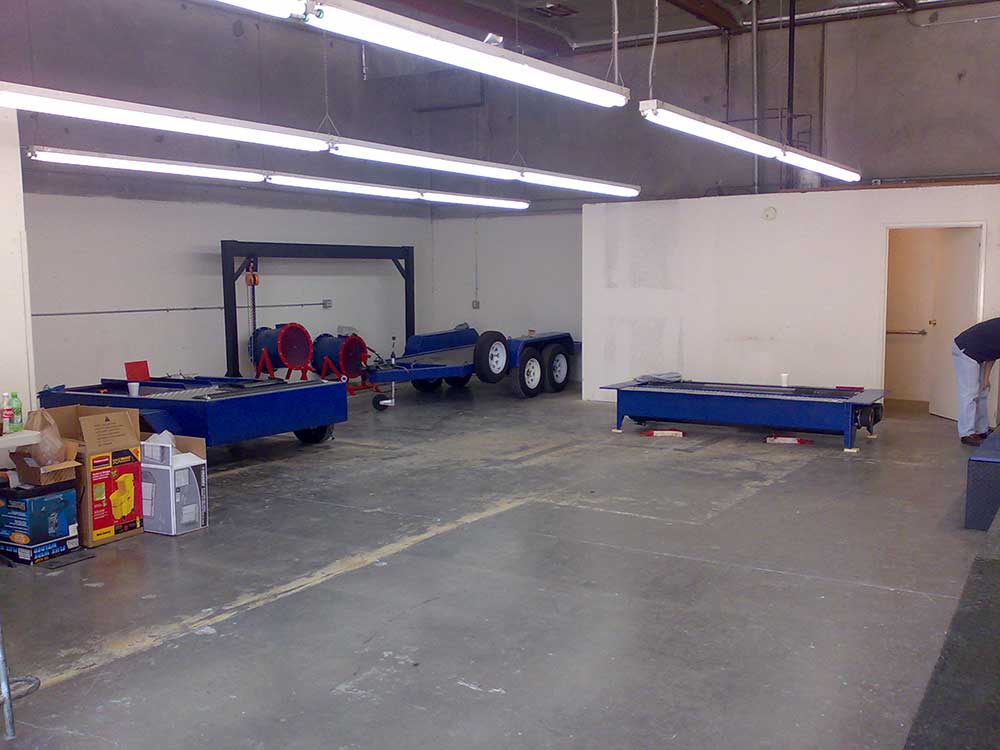
Harness the power of dynamometers to revolutionize automotive engineering and push the boundaries of innovation in the industry.
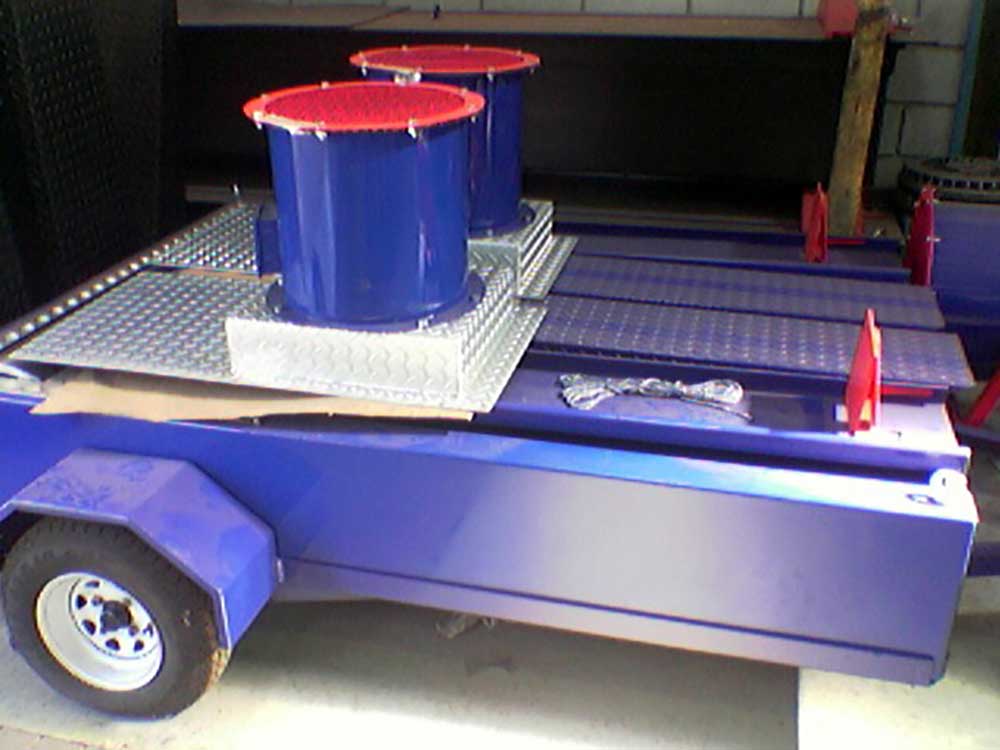
Uncover how a dynamometer unlocked performance gains beyond expectations, revolutionizing vehicle capabilities.

Accelerate your business growth with hyper power dynamometers, revolutionizing efficiency and performance optimization in various industries.




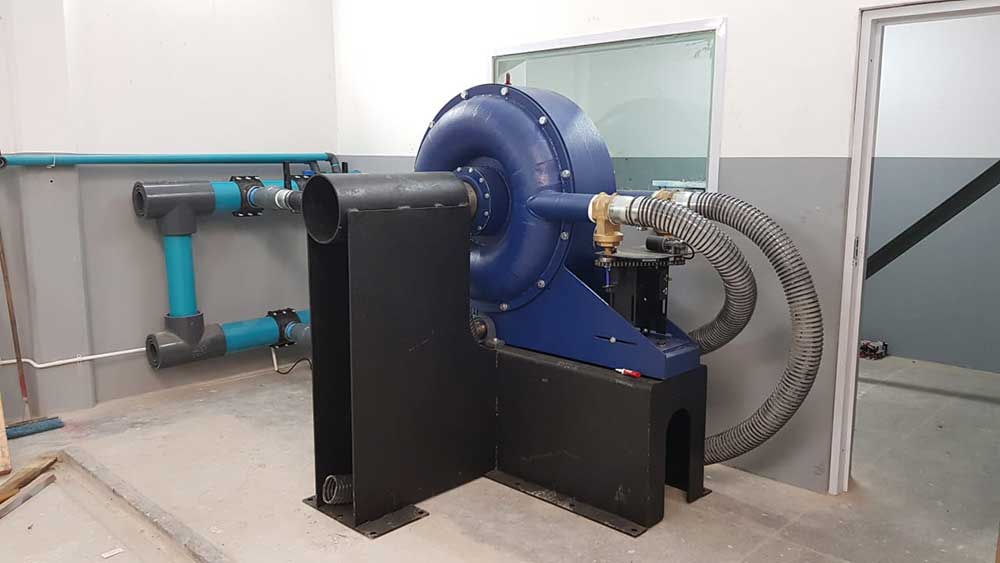

Hyper Power, the leading name in dynamometer solutions, offers unparalleled precision and reliability for all your performance testing needs.